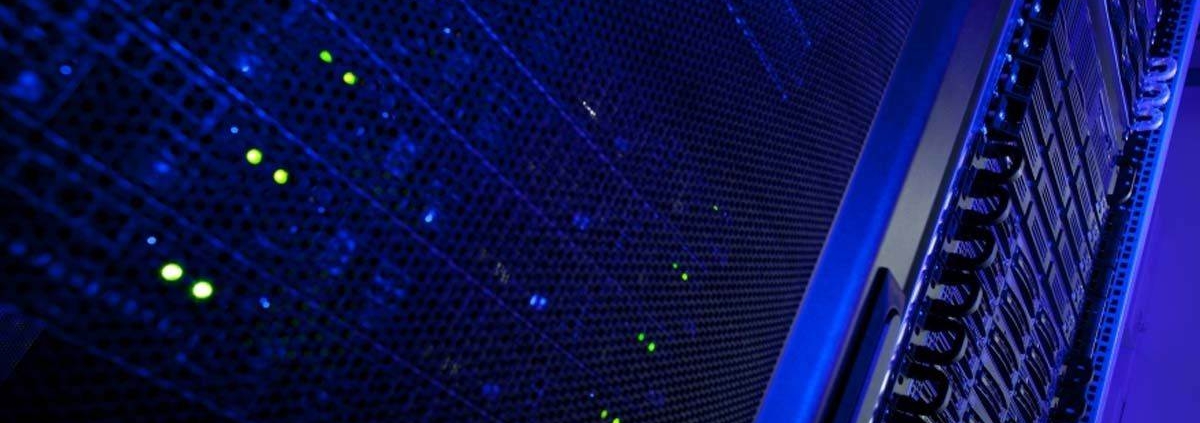Should You Migrate to LTO-8 or LTO-9?
Determining when to migrate to a new backup format isn’t always easy, particularly when you’re making that decision towards the end of a generation. This year, Linear Tape Open (LTO) 9 will launch with a greatly expanded capacity compared with LTO-8.
Of course, if your business is still using older formats like LTO-7, you’re not alone. Enterprises often skip a generation when upgrading their archives, since regularly migrating to the latest format can be expensive. Tape migration is especially costly for large archival data sets, and migration requires careful planning to ensure security.
LTO-9 is not yet available, though it’s expected to launch in September 2021. If your enterprise is considering data tape migration, you’ll need to determine whether upgrading to LTO-8 could provide significant advantages — or whether LTO-9 will provide a better return on investment.
What are the advantages of migrating to LTO-9?
LTO-9 offers several benefits over LTO-8. Some considerations to keep in mind:
● LTO-9 has an improved capacity of 18 terabytes (TB) native and 45 TB compressed (compared with LTO-8’s 12TB native, 30TB compressed).
● However, LTO-9 will not double capacity from the previous generation — some enterprises with limited data needs may not see enough of a benefit to justify an upgrade.
● LTO-9 drives have a compressed transfer rate of up to 1,000 megabytes per second (MB/s). LTO-8 drives have a maximum sustained data rate of 750 MB/s.
● Both LTO-8 and LTO-9 support Write Once, Read Many (WORM) and data encryption.
LTO-9 tapes are expected to maintain a similar cost-per-gigabyte as the previous generation, but enterprises will need to determine whether LTO-9’s improved speed and capacity justify the cost. For most archival applications, LTO-9 will be a better choice. With that said, enterprises that currently rely on older formats will see substantial improvements in efficiency and reliability by upgrading to LTO-8.
When Will LTO-8 tapes and hardware become obsolete?
All data storage media eventually become obsolete, but the LTO format is widely supported. Cartridges are backwards-compatible, and some enterprises “skip” a generation for that reason. While we can’t predict the future, LTO-8 drives and media should remain affordable for the foreseeable future.
The “skip a generation” can help to manage costs. However, it’s important to note that newer LTO formats are only backwards-compatible for a single generation. Earlier versions of LTO could be read back for two generations, but the recent generations have limited backwards compatibility due to changes in the media design and the introduction of new read/write head technologies.
In other words, LTO-9 drives will not be able to read LTO-7 cartridges. Additionally, the tape drive is limited by the specifications of the tape, so LTO-9 drives will read and write LTO-8 tapes at lower speeds than LTO-9 tapes. For these reasons, most enterprises will want to migrate to the latest available technology.
Migrating to LTO-9 will ensure that you can easily upgrade to LTO-10, which is expected to offer twice the capacity and faster sustained data rates. Even if you’re not planning on migrating your archives with every new tape generation, utilizing the latest available technology can reduce future migration costs significantly.
When should my enterprise migrate tapes to a new format like LTO-9?
Some enterprises may not see the practical value in migrating to a current-generation tape format. If your IT infrastructure has an established process for backing up critical systems and archiving data, you might not see improvements in read/write speeds or capacity as a major selling point.
However, staying up to date has other advantages:
● Legacy tape drives can be expensive. As manufacturers discontinue production of older drives, demand increases; Total Data Migration maintains an extensive library of legacy tape drives, and we’ve found that older drives are often much more expensive than their original retail prices.
● Legacy tape drives can be unreliable. All tape drives contain mechanical components, which break down over time. Upgrading to a modern format ensures that hardware will be available when a tape drive breaks down.
● Legacy media can be unreliable. While tapes have an excellent lifespan compared with other digital storage media, they need to be properly stored. Enterprises that use legacy systems may find themselves purchasing media from third-party suppliers, and those companies may not take proper precautions with media.
While the benefits of tape migration can be substantial, the process is often expensive. Enterprises that handle tape conversion in-house often run into major bottlenecks, and they need to dedicate significant resources to the project. An experienced tape migration partner can help your enterprise manage costs while limiting the trial and error that drives up the cost of in-house conversion.
Total Data Migration is a leader in data conversion, restoration, and catalog ingestion. Our team is ready to help your enterprise plan for an upgrade to LTO-9, LTO-8, or any other modern tape format. Our process ensures the reliability of every tape and data set, and by prioritizing security, we’re able to provide cost-effective solutions with exceptionally consistent results. Click here for a free consultation or call (800) 460-7599 to discuss your project.




